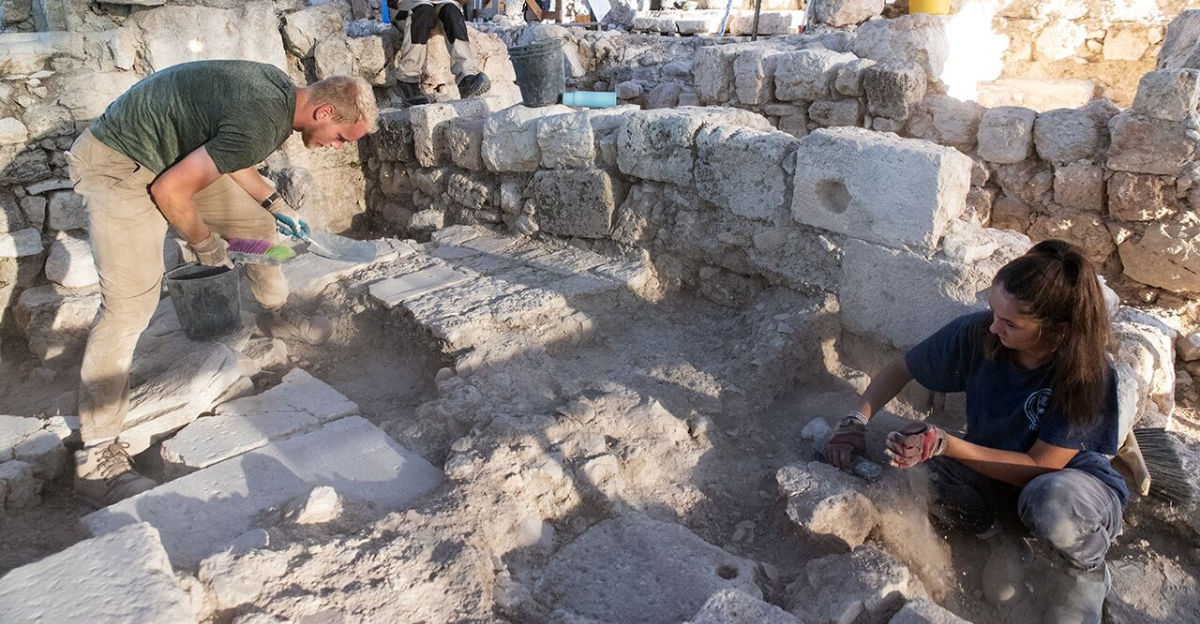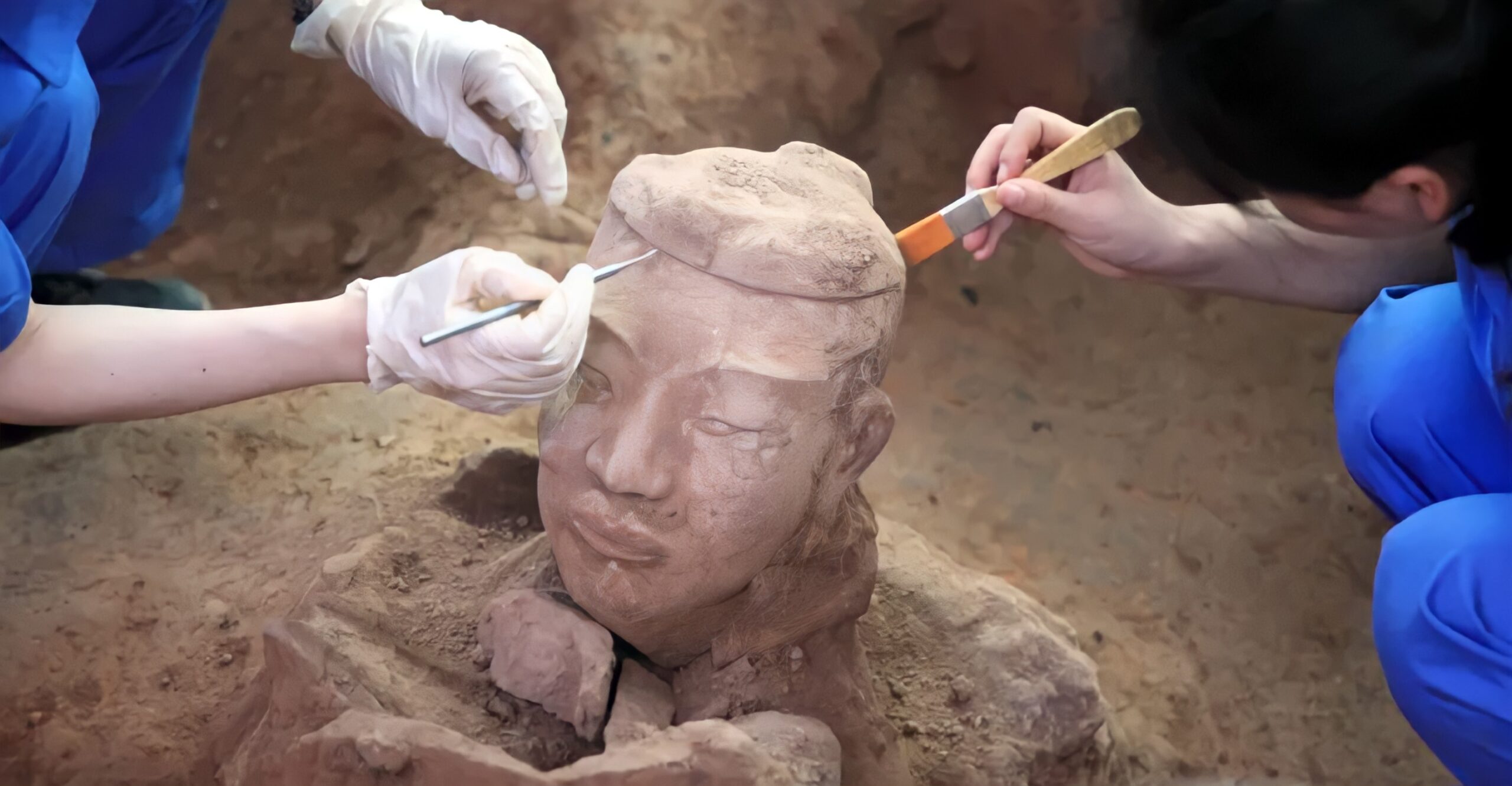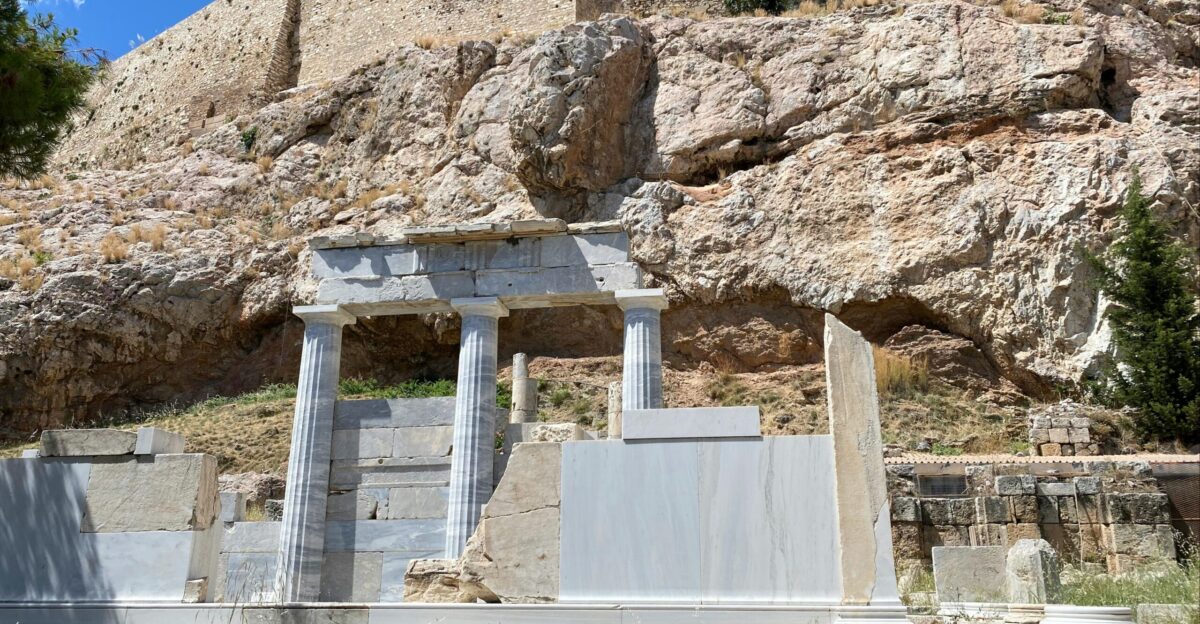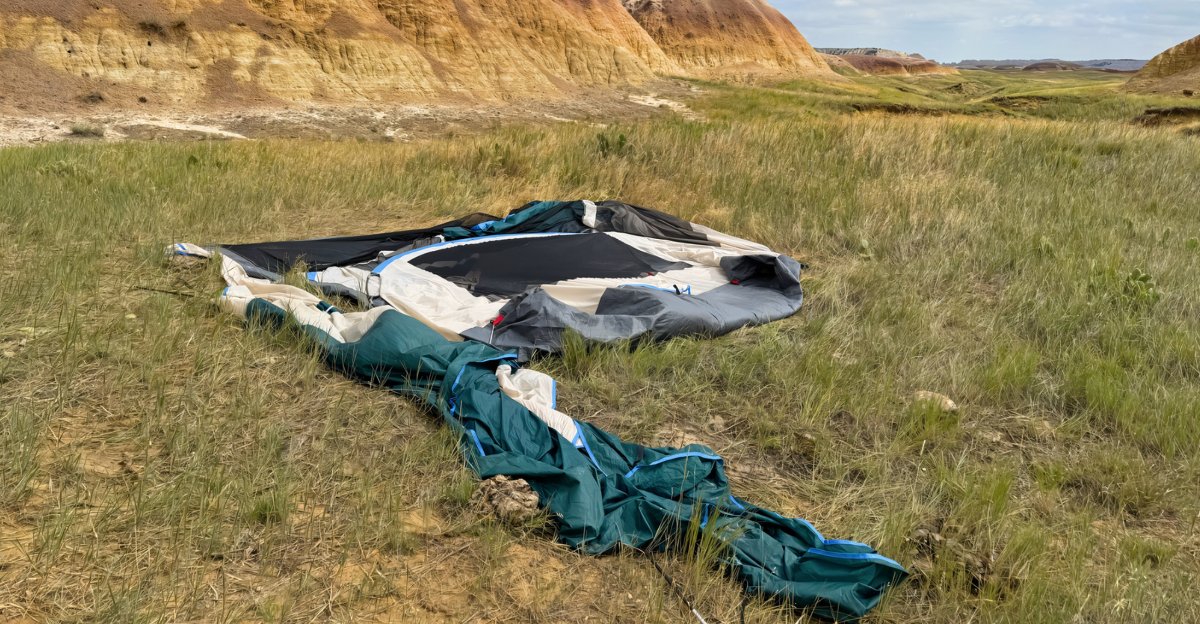
When it comes to the Bible, there are many mysteries and wonders we are yet to discover, and a recent discovery leaves the world in awe. Researchers found the remains of a massive 3,000-year-old structure in the ancient City of David, one of the oldest urban centers in the world. This remarkable find is the long-sought moat referenced in biblical texts, particularly in the Books of Kings and Samuel.
For as long as time can tell, scholars have debated the existence of this moat, but their questions have finally been answered.
An Ancient Moat of Epic Proportions

This colossal moat was meticulously carved from solid bedrock that once formed an almost insurmountable barrier in ancient Jerusalem. It stretches nearly 100 feet wide and plunges about 30 feet deep, and it was built to keep people out. The moat was flanked by sheer cliffs, making it virtually impossible to cross, keeping the vulnerable northern flank safe from the enemy.
The trench separated the southern residential quarter from the elevated northern district, showing the city’s social and political divisions as described in biblical texts.
Solving a 150-Year-Old Archaeological Mystery

For over a century, archaeologists struggled to prove the theory that Jerusalem had a physical barrier that divided the City of David into distinct zones as described in biblical texts.
“During those years, the moat separated the southern residential part of the city from the ruling acropolis in the north [and] the upper city where the palace and the temple were located,” said Yuval Gadot and Yiftah Shalev, the dig’s executive directors.
Dating the Structure

While the precise date of the moat’s construction remains uncertain, archaeological evidence confirms that it was in active use during the Iron Age, specifically when Jerusalem served as the capital of the Kingdom of Judah nearly 3,000 years ago. Some scholars suggest the possibility of an even earlier origin, dating back to the Middle Bronze Age.
“Such significant construction plans and quarrying in Jerusalem are usually dated to the Middle Bronze Age, about 3,800 years ago (the beginning of the 2nd millennium B.C.),” said Shalev, one of the dig’s executive directors. “If the moat was cut during this period, then it was intended to protect the city from the north, the only weak point of the City of David slope.”
Re-examining Past Excavations

British archaeologist Kathleen Kenyon first encountered part of the structure in the 1960s but mistakenly interpreted it as a natural valley. By connecting these previously misunderstood sections, researchers now recognize a continuous defensive barrier at least 230 feet long, which dramatically reshapes our understanding of Jerusalem’s ancient fortifications.
“She was excavating in a small and narrow area and didn’t understand what exactly this trench was used for,” said Gadot. “Now we can take the two excavations together and realize that there is a trench that begins here and ends 230 feet away from us.”
The Moat’s Role in Defending Jerusalem

By carving the trench into bedrock, ancient engineers transformed the natural landscape into an impassable barrier. This defensive system was critical for a city surrounded by deep valleys on three sides but exposed to elevated northern terrain. Combined with a 16-foot-high stone wall on its western edge, the structure formed part of a comprehensive defense network that protected Jerusalem’s sacred acropolis.
“In those days, it served to divide Jerusalem into two: the acropolis with the temple and palace to its north and the older city to the south,” said Gadot. “If it was cut in earlier times, something we cannot prove, then its purpose was to defend the city from the north.”
Important Biblical References

Ophel and the Millo appear repeatedly in the Hebrew Bible, particularly in the Books of Samuel and Kings, where they are associated with the fortification and expansion of the City of David. The Ophel is generally understood as the southern residential part of ancient Jerusalem. At the same time, the Millo is described as a fortified, elevated area linked to the city’s elite and the temple complex.
“This is a dramatic discovery that opens up a renewed discussion about the terms from the biblical literature that refer to the topography of Jerusalem, such as the Ophel and the Millo.” stated the Israel Antiquities Authority researchers.
A Testament to Ancient Skill

Building this moat with its remarkable dimensions would have required the removal of nearly half a million cubic feet of stone, which is an impressive feat. According to archaeologists, the sheer scale of the operation and the technical skill involved highlight the advanced capabilities of the Kingdom of Judah nearly 3,000 years ago, with some evidence pointing to even earlier construction phases in the Middle Bronze Age.
“When you stand at the bottom of this giant excavation, surrounded by enormous hewn walls, it is impossible not to be filled with wonder and appreciation for those ancient people who, about 3,800 years ago, literally moved mountains and hills,” said Eli Escusido, director-general of the IAA.
Preservation and Future Research

Located in the Givati Parking Lot within the Jerusalem Walls National Park, the moat’s sheer size and historical significance have prompted archaeologists to carefully document and protect the exposed sections, ensuring this unique feature is preserved for future generations.
The Israel Antiquities Authority and Tel Aviv University are leading efforts to stabilize the site and prevent deterioration. They are also preparing to present the latest findings at the upcoming “Jerusalem Studies Experience” conference.
A Lasting Legacy

This monumental structure, hidden for millennia beneath layers of earth and time, now stands as a testament to the vision, resilience, and ingenuity of those who shaped Jerusalem’s destiny nearly 3,000 years ago.
As researchers work to preserve and interpret the moat, its story becomes woven into the fabric of modern Jerusalem, reminding us that the city’s ancient walls and defenses are more than relics; they are living witnesses to the hopes, struggles, and triumphs of generations.






